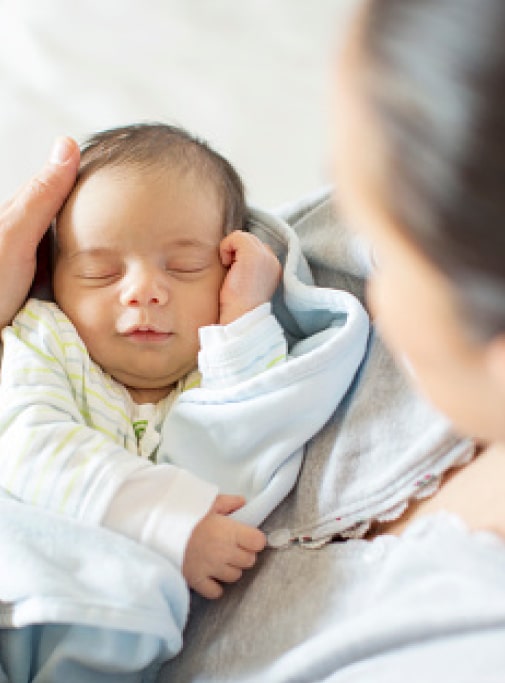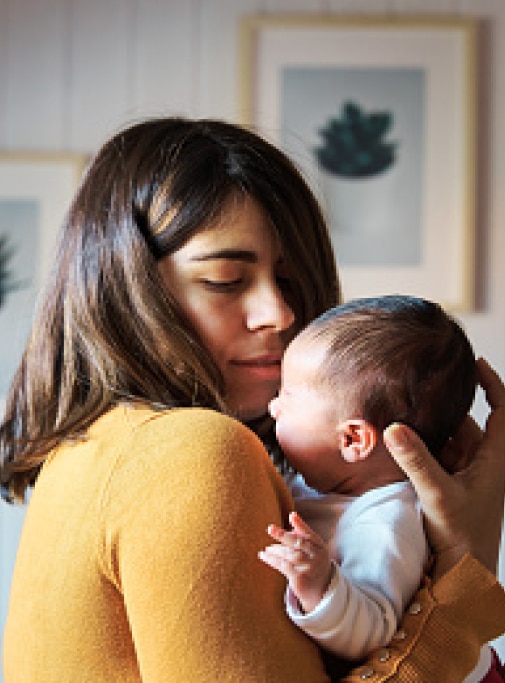Clarissa is an early career nurse, but her exceptional skills and instincts elevate her practice beyond her years. She works in the neonatal intensive care unit, a technically and emotionally challenging acute care environment. Recently, a baby with a congenital heart defect went into cardiac arrest. Clarissa immediately began resuscitation efforts, calmly directing those efforts while also emotionally supporting the child’s mother. Once safe to do so, she handed off resuscitation efforts to others so that she could focus on comforting the child’s mother and be certain the father was called. She then cared for the family through the wrenching decision to transition from life-sustaining care to comfort measures, then to providing a peaceful and dignified end of life for their child. She stayed past her shift to create mementos and find a photographer to take a last family photo. She has an uncommon ability to support a family through their child’s end of life. It’s this combination of excellent clinical skills and her ability to relate compassionately to families in their most traumatic moments that makes Clarissa an extraordinary NICU nurse.
While Clarissa was in UCLA Health’s New Graduate Nurse Residency Program, her NICU had a concerning rise in central-line related infections. As a new graduate nurse, Clarissa was ineligible to join the committee tasked with addressing this problem—but she decided to show up anyway. She sat in on meetings, asked for advice from veteran nurses, and reviewed hospital protocols and the latest research on infection prevention. Because of her initiative, she completed her orientation early and immediately launched herself into new infection control protocols, running hands-on demonstrations for her colleagues. This had an immediate impact on her unit and resulted in infection rates dropping by 50% within the year.
Taking this kind of initiative is a theme in Clarissa’s practice: After she observed a more than 5% increase in pressure injuries among NICU patients, she dove into the research and collaborated with colleagues to create a special individualized algorithm that integrated risk factors, prevention methods, and treatment tools. As a result, the rate of pressure injuries dropped to zero. Colleagues are blown away by Clarissa’s combination of technical skills and deep empathy and can’t wait to see what she will accomplish in the years ahead.



